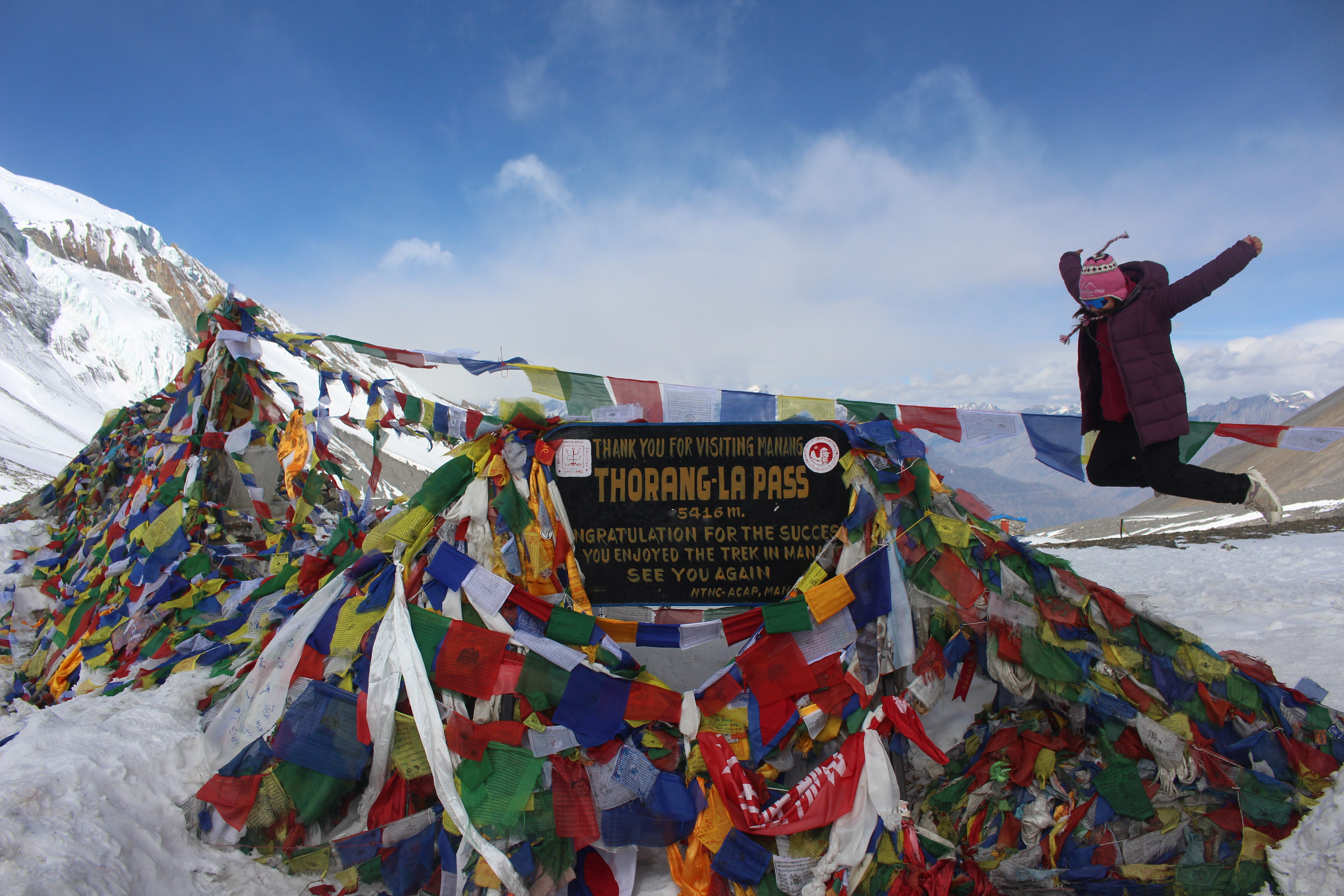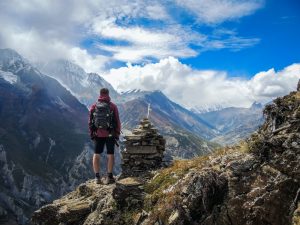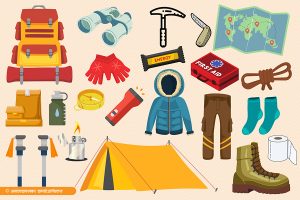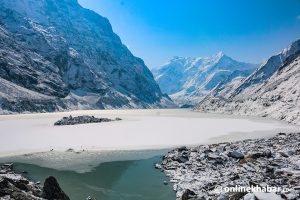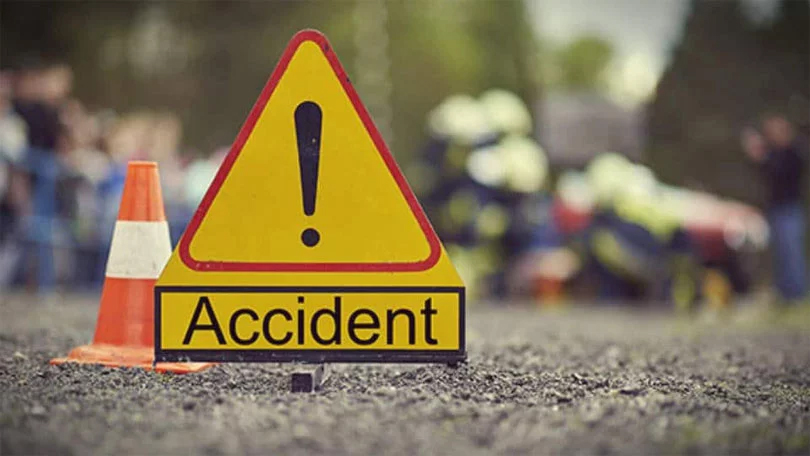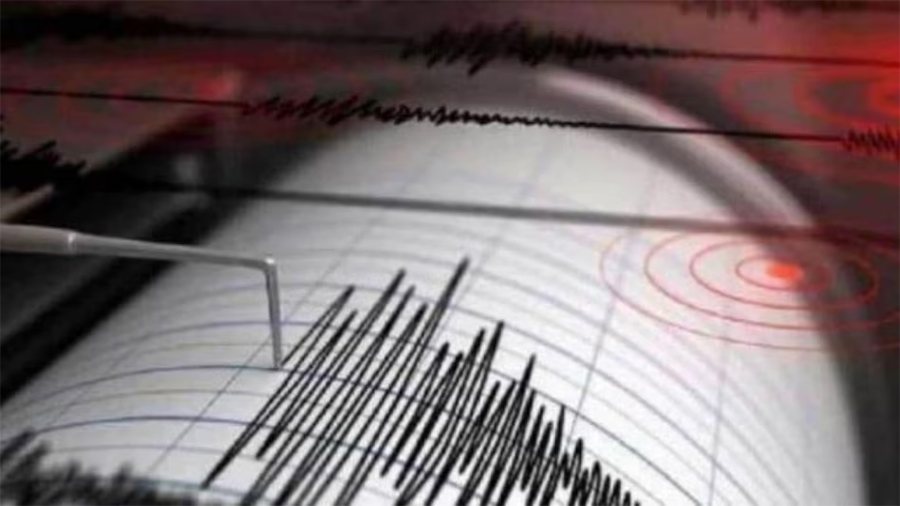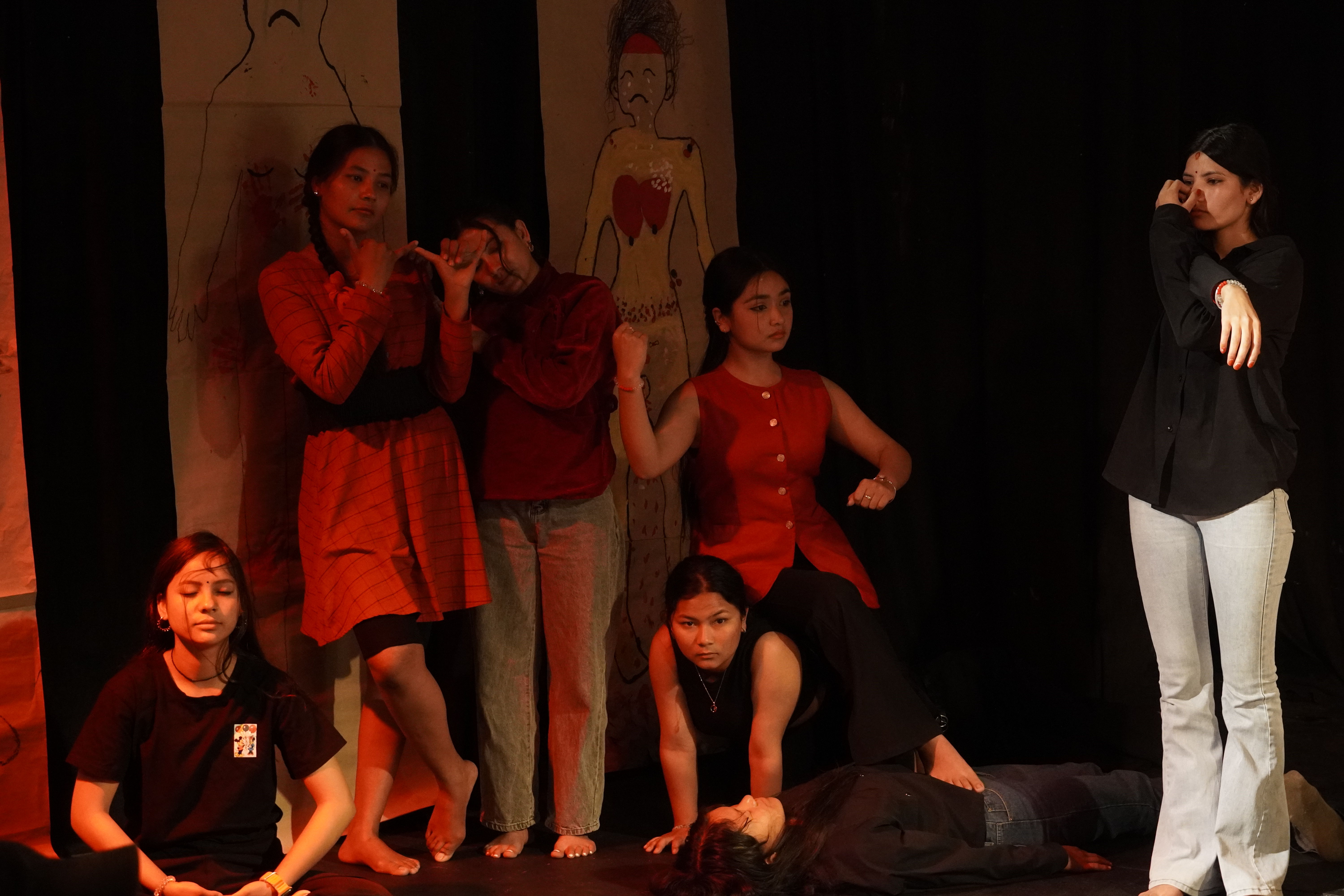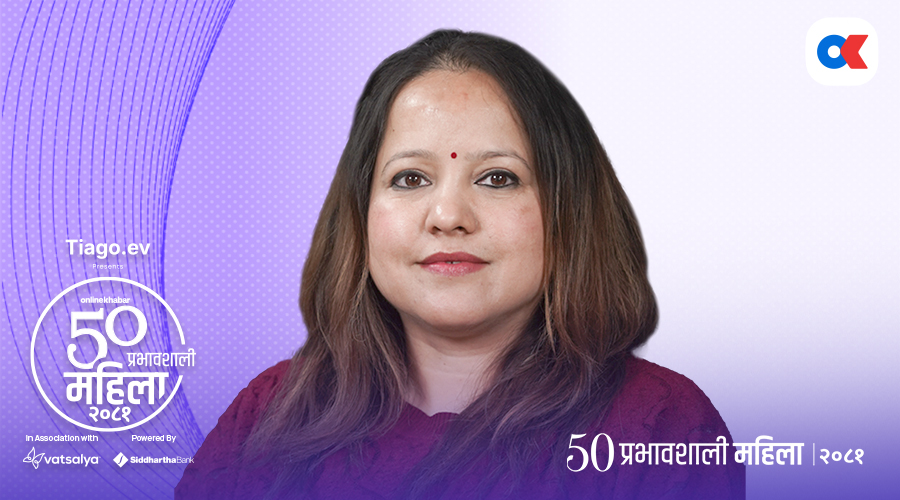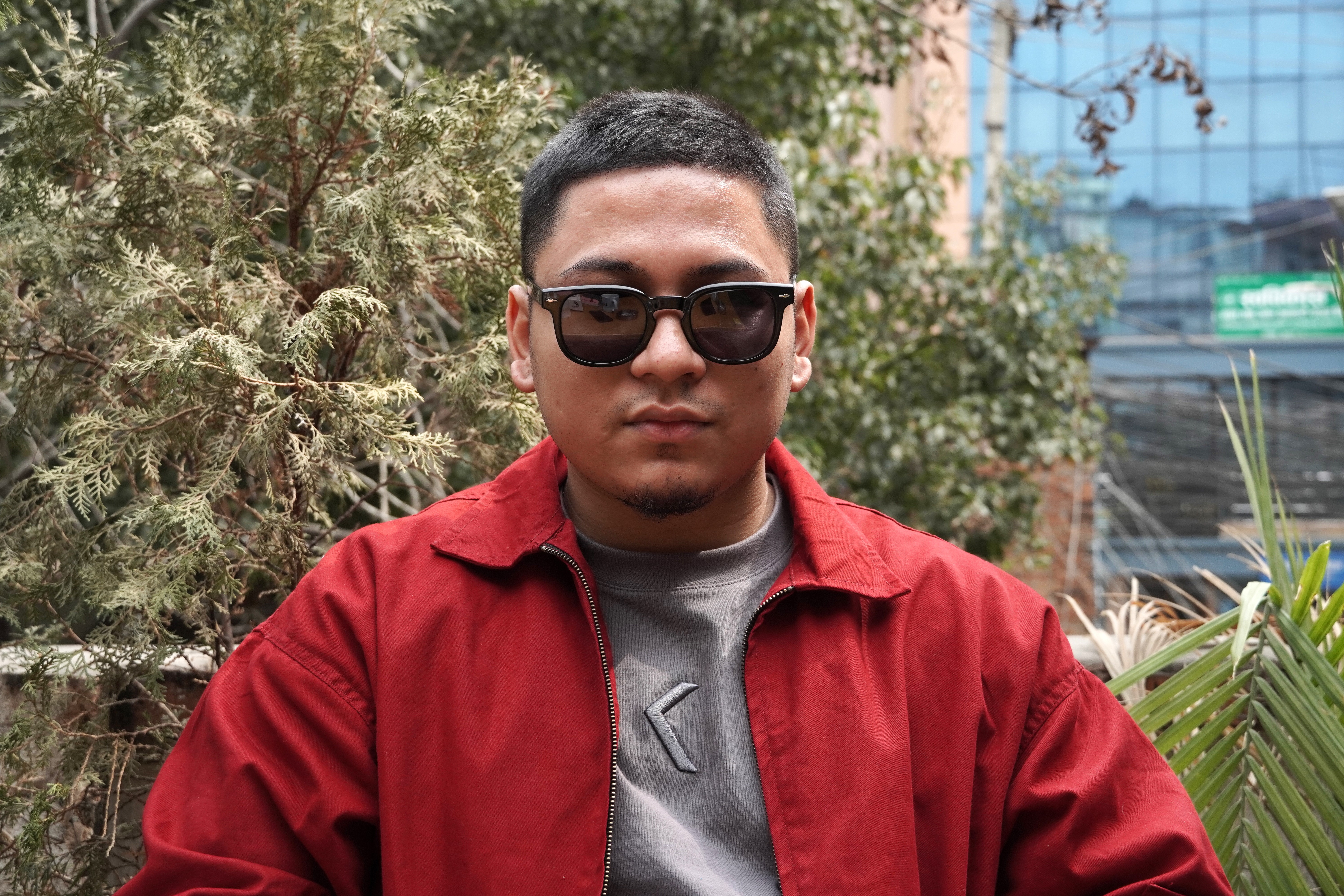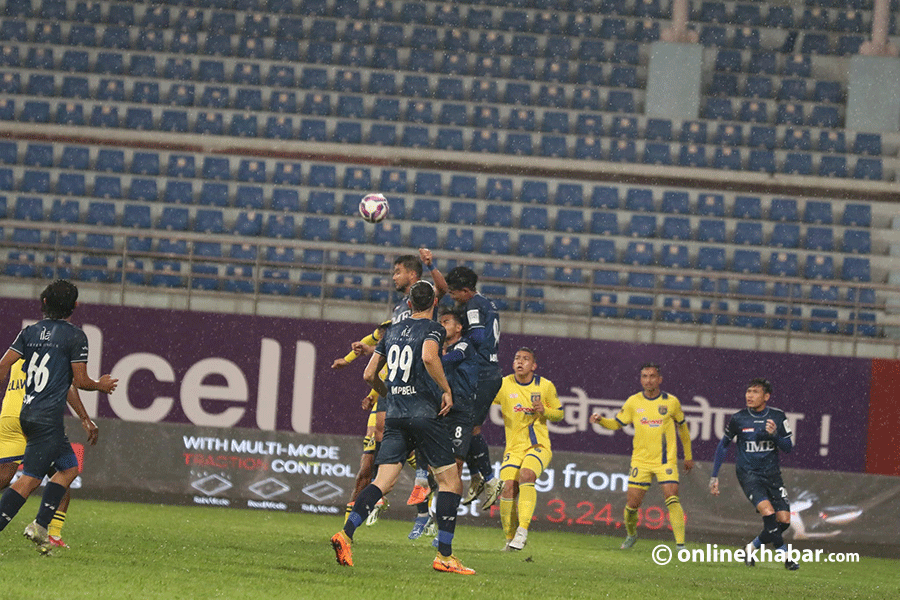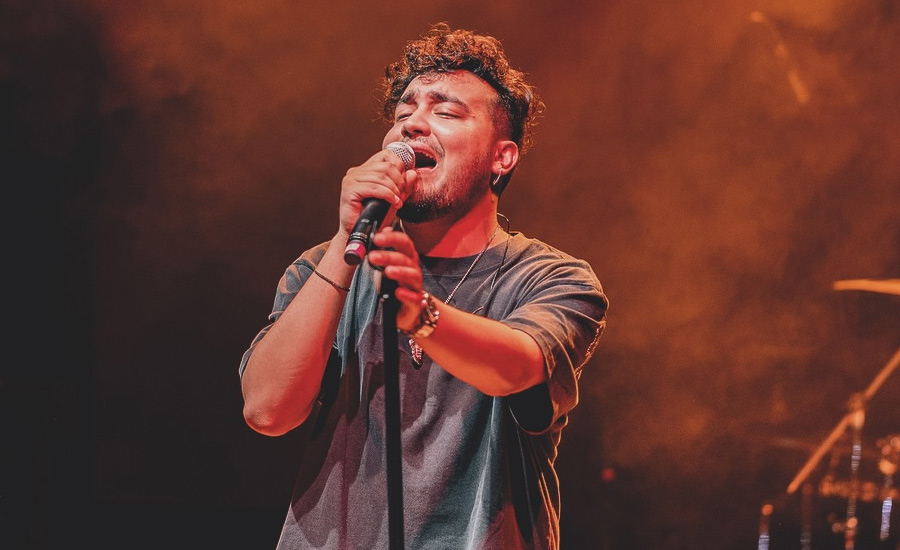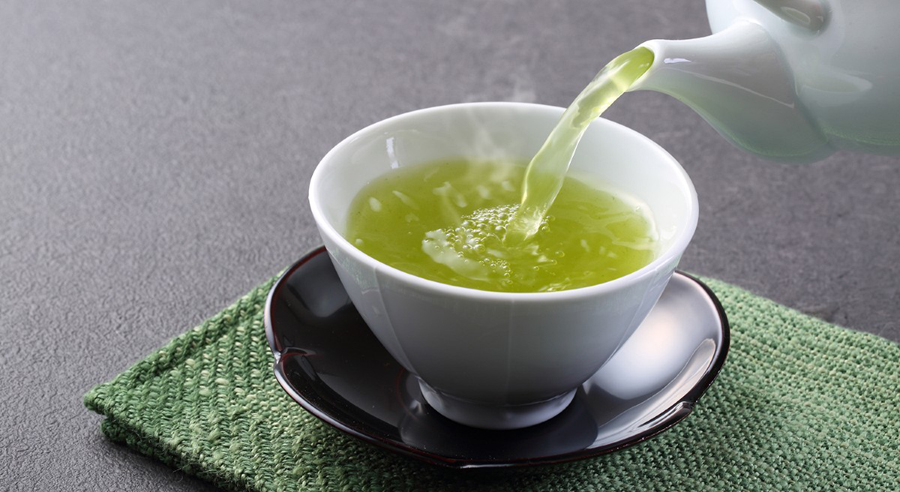
Trekking in Nepal has become a must-do activity in recent years. It used to be popular primarily among passionate foreign travellers about a decade ago when I first started trekking with my father. Back then, locals along the trails were often surprised to see Nepali trekkers and encountering other Nepali trekkers on the trails was a rare occurrence.
Interestingly, some foreigners would often mistake Nepali trekkers for guides or porters. With the increasing number of trekkers and international tourists in Nepal, new trekking destinations have been discovered, revealing the hidden beauty of this mountainous country. One of these emerging destinations is ‘Bunga,’ which has gained popularity in recent days.
It offers the thrill of trekking and the rare opportunity to see the other side of Machhapuchhre up close, with nothing between you and the majestic mountain itself.
On the day of our journey, my father and I left home (Mahendra Pool, Pokhara) around 7:30 am in a jeep. It took us about 2 hours to reach our starting point, an old village called Mirsa.

Mirsa was a typical Nepali village where we had lunch. We resumed our trek at 10:30 am, climbing directly uphill from Mirsa to Rest Camp with a short rest in Bhaldada, which took around 4 and a half hours.
After a short break at Rest Camp due to the rain, we continued and reached Khumai Dada about an hour later. The view from Khumai Dada was obscured by clouds that day, so hoping for a stunning view of the mountains in the morning, we went to bed early.
The next day, we woke up around 6 am to a splendid view from Khumai Dada, where we captured some photos. We aimed to reach Khorchon early to avoid the rain as much as possible.
The climb to Khorchon was also steep, but meeting some people returning from there gave us the motivation to keep going. After 2 hours of walking, we arrived at Khorchon, had lunch, and rested for a while.
The trek from Khorchon to Bunga took a straight 5 hours without any hotels or tea shops along the way. This stretch to Bunga was what made the trek so thrilling.
The trail to Bunga started with a gentle downward slope for about 45 minutes, followed by a steep, rocky path that wasn’t well maintained. We were slowly making our way up when it suddenly started raining with hail, making the path slippery.

The trail gradually narrowed to about 7 or 8 inches in width, with steep drops on the side. The soil was black, with a high clay content, making it sticky and slippery when wet. Despite the challenging conditions, we moved slowly and carefully until we reached Painsho Deurali, where we took a coffee break using ready-mix coffee sachets. This gave us a sense of relief after conquering the difficult path.
An hour later, we finally reached our destination, Bunga. However, just like the previous day, clouds surrounded us, blocking the view. The hotel in Bunga was under construction, but since we had informed them of our stay in advance, we were well accommodated. We stayed in tents and had our meals in a goat shelter, thanks to Kishan Thapa, who owned a hotel at Rest Camp.

The experience of staying in a tent at over 4,000 meters and enjoying meals in a goat shelter was truly unique. With great hospitality, we enjoyed our time there, discussing the possibilities of opening the Teen Shir trek, a holy site where the Seti River originates as well as the path for climbing Mt. Mardi.
The next day, we woke up early in the morning to the chirping of the danphe, eager to catch the view. The sight left me spellbound, as there was nothing between us and the mountains, specifically the majestic Machhapuchhre.
Other mountains, like South Annapurna, Mardi, and Annapurna III, also looked breathtakingly beautiful. We quickly captured some photos and got ready, as it was also the day of our return.
To complete the circuit, we took a lesser-travelled path from Bunga to Karuwa, stopping to visit Pipar Lake. Since there were no tea shops along the way, we packed some food before leaving Bunga. It took us about four hours to reach Pipar Lake, where we rested for a while, as it is a religious site for the locals.
Along the way, we noticed many animal footprints, which I assume were from deer. From Pipar Lake, as it started raining heavily again with numerous leeches along the way, it took us another four hours to reach our final destination, Karuwa, from where we returned home by jeep.
From sleeping in tents to getting bitten by more than 50 leeches on my legs, this trek has been a phenomenal experience in my 12 years of trekking. Here, one can truly feel connected to nature, with the paths and stays being close to traditional ways, allowing us to enjoy the journey itself, alongside the majestic views of the mountains. Therefore, this trek to Bunga and the Machhapuchhre viewpoint is undoubtedly a must-experience destination.






